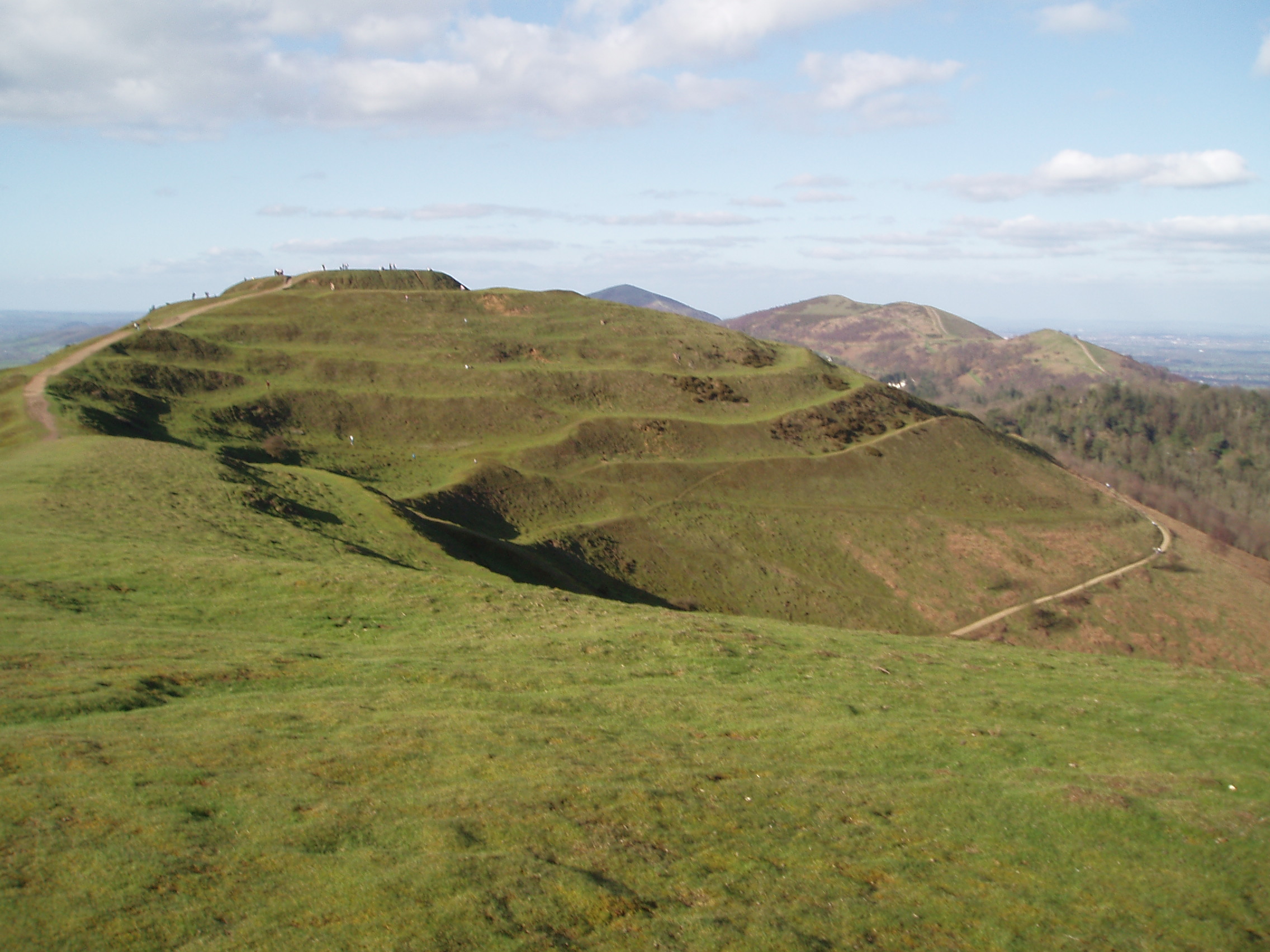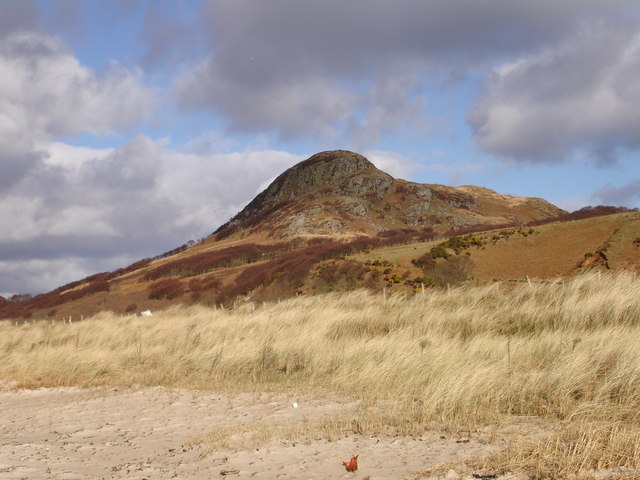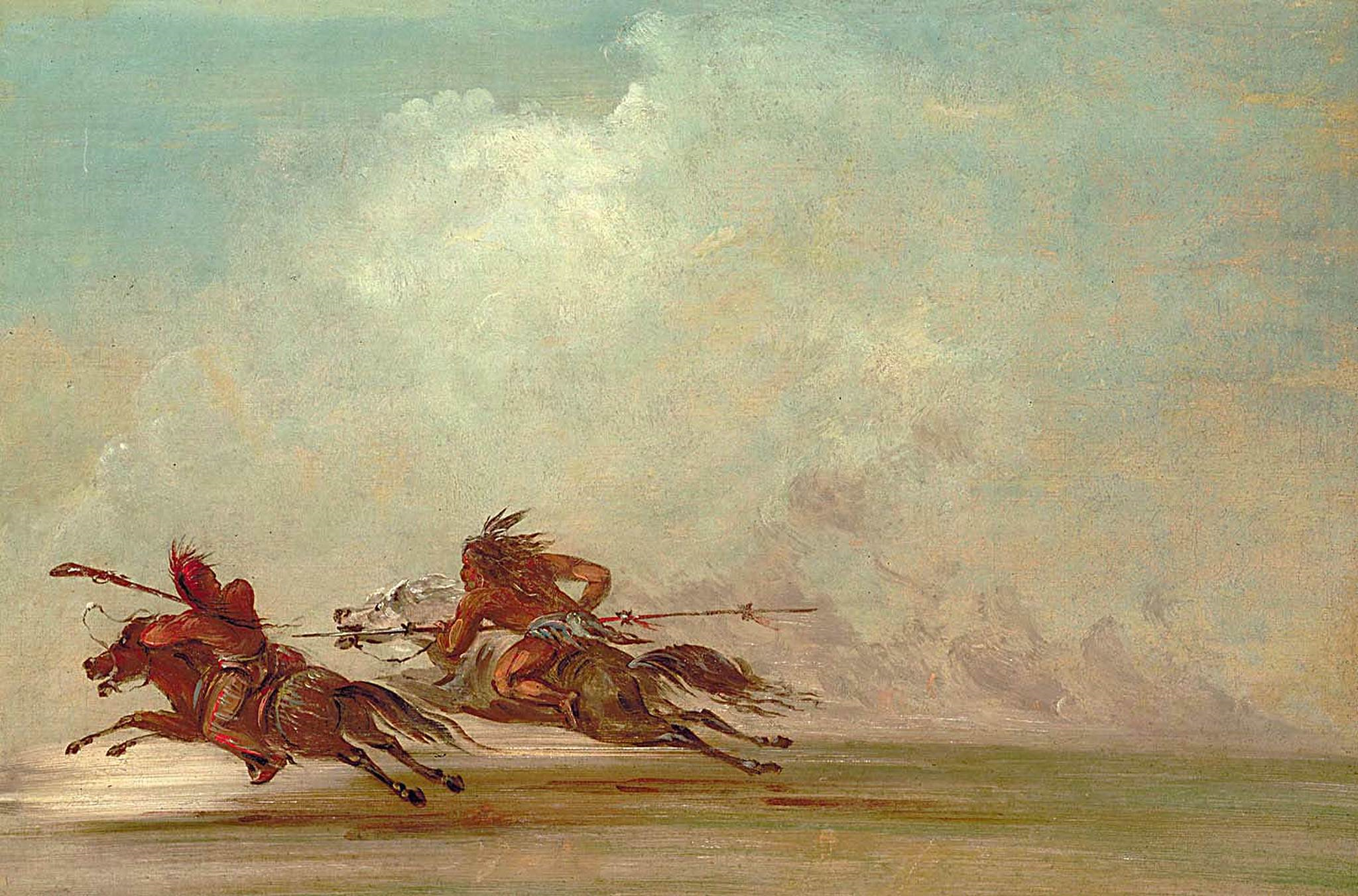|
Dál Riata
Dál Riata or Dál Riada (also Dalriada) () was a Gaels, Gaelic Monarchy, kingdom that encompassed the Inner Hebrides, western seaboard of Scotland and north-eastern Ireland, on each side of the North Channel (Great Britain and Ireland), North Channel. At its height in the 6th and 7th centuries, it covered what is now Argyll ("Coast of the Gaels") in Scotland and part of County Antrim in Northern Ireland.Clancy, Thomas Owen, "Philosopher King: Nechtan mac Der Ilei," SHR 83 (2004): 135–149 After a period of expansion, Dál Riata eventually became associated with the Gaelic Kingdom of Alba.''Oxford Companion to Scottish History'' pp. 161–162, edited by Michael Lynch, Oxford University Press. . In Argyll, it consisted of four main clan, kindreds or tribes, each with their own chief: the Cenél nGabráin (based in Kintyre), the Cenél nÓengusa (based on Islay), the Loarn mac Eirc, Cenél Loairn (who gave their name to the district of Lorne, Scotland, Lorn) and the Cenél Comgai ... [...More Info...] [...Related Items...] OR: [Wikipedia] [Google] [Baidu] |
Monarchy
A monarchy is a form of government in which a person, the monarch, reigns as head of state for the rest of their life, or until abdication. The extent of the authority of the monarch may vary from restricted and largely symbolic (constitutional monarchy), to fully autocratic (absolute monarchy), and may have Political representation, representational, Executive (government), executive, legislative, and judicial functions. The Order of succession, succession of monarchs has mostly been Hereditary monarchy, hereditary, often building dynasties; however, monarchies can also be elective monarchy, elective and Self-proclaimed monarchy, self-proclaimed. Aristocracy (class), Aristocrats, though not inherent to monarchies, often function as the pool of persons from which the monarch is chosen, and to fill the constituting institutions (e.g. Diet (assembly), diet and Royal court, court), giving many monarchies oligarchic elements. The Legitimacy (political)#Monarchy, political legitim ... [...More Info...] [...Related Items...] OR: [Wikipedia] [Google] [Baidu] |
Argyll
Argyll (; archaically Argyle; , ), sometimes called Argyllshire, is a Shires of Scotland, historic county and registration county of western Scotland. The county ceased to be used for local government purposes in 1975 and most of the area now forms part of the larger Argyll and Bute Council areas of Scotland, council area. Argyll is of ancient origin, and broadly corresponds to the ancient kingdom of less the parts which were in Ireland. Argyll was also a diocese of Argyll, medieval bishopric with its cathedral at Lismore, Scotland, Lismore. In medieval times the area was divided into a number of provincial lordships. One of these, covering only the central part of the later county, was called Argyll. It was initially an earldom, elevated to become a dukedom in 1701 with the creation of the Duke of Argyll. Other lordships in the area included Cowal, Kintyre, Knapdale, and Lorne, Scotland, Lorn. From at least the 14th century there was a Sheriff of Argyll, whose jurisdictio ... [...More Info...] [...Related Items...] OR: [Wikipedia] [Google] [Baidu] |
Hillfort
A hillfort is a type of fortification, fortified refuge or defended settlement located to exploit a rise in elevation for defensive advantage. They are typical of the late Bronze Age Europe, European Bronze Age and Iron Age Europe, Iron Age. Some were used in the post-Roman Empire, Roman period. The fortification usually follows the contours of a hill and consists of one or more lines of Earthworks (Archaeology), earthworks or stone Rampart (fortification), ramparts, with stockades or defensive walls, and external ditches. If enemies were approaching, the inhabitants would spot them from a distance. Prehistoric Europe saw a growing population. It has been estimated that in about 5000 BC during the Neolithic between 2 million and 5 million lived in Europe; in the Late Iron Age it had an estimated population of around 15 to 30 million. Outside Greece and Italy, which were more densely populated, the vast majority of settlements in the Iron Age were small, with ... [...More Info...] [...Related Items...] OR: [Wikipedia] [Google] [Baidu] |
Cowal
Cowal () is a rugged peninsula in Argyll and Bute, on the west coast of Scotland. It is connected to the mainland to the north, and is bounded by Loch Fyne to the west, by Loch Long and the Firth of Clyde to the east, and by the Kyles of Bute to the south. Argyll is the historic county that the Cowal peninsula was within. Inveraray was the county town. The northern part of the peninsula is covered by Argyll Forest Park and also includes the Arrochar Alps. In the south, the peninsula is divided into three forks by Loch Striven and Loch Riddon. Cowal's only burgh is Dunoon in the south-east, from which ferries sail to Gourock in Inverclyde. Other ferries run from Portavadie in the west to Tarbert in Kintyre, and from Colintraive in the south to Rhubodach on Bute. Much of Cowal was once held by the Lamont clan. Later, the Campbells came to be one of the most powerful families in Cowal. The highest point on the peninsula is Beinn an Lochain in the Arrochar Alps, a ... [...More Info...] [...Related Items...] OR: [Wikipedia] [Google] [Baidu] |
Cenél Comgaill
Comgall mac Domangairt was king of Dál Riata in the early 6th century. He was the son of Domangart Réti and grandson of Fergus Mór. The ''Annals of Ulster'' report his death in 538, 542 and 545, the ''Annals of Tigernach'' in 537. Comgall Nothing certain is known of Comgall beyond the fact of his death, but he is significant as the eponymous founder of the Cenél Comgaill, one of the kindreds of Dál Riata named by the '' Senchus fer n-Alban''. The ''Senchus'', in fact, speaks of the Crich Comgaill, but the ''Annals of Ulster'' use the term ''cenél'' in a report of 710. The ''Senchus'' says that Comgall had one son, Conall, and that Conall had seven sons, although only six are named: Loingsech, Nechtan, Artan, Tuatan, Tutio, and Coirpre. It may be that Coirpre was a later addition as the ''Senchus'' speaks of the people of Coirpre as being distinct from the sons of Erc. As with all claimed early genealogies, this need not be taken as reliable information. Unlike Cenél n ... [...More Info...] [...Related Items...] OR: [Wikipedia] [Google] [Baidu] |
Lorne, Scotland
Lorne (or Lorn; ) is an ancient province in the west of Scotland, which is now a district in the Argyll and Bute council area. The district gives its name to the ''Lynn of Lorn National Scenic Area'', one of forty such areas in Scotland, which have been defined so as to identify areas of exceptional scenery and to ensure its protection from inappropriate development. The national scenic areas cover 15,726 ha, of which 10,088 ha are marine seascape, and includes the whole of the island of Lismore, along with neighbouring areas on the mainland such as Benderloch and Port Appin, and the Shuna Island. The region may have given its name to the traditional Scottish breakfast dish Lorne sausage. Geography Lorn is bordered on the west by the Firth of Lorne, which separates it from Mull. The northern border is Glen Coe, and Rannoch Moor, which detach it from Lochaber, while on the east, the Bridge of Orchy hills, and Glen Orchy, separate it from Breadalbane. Ru ... [...More Info...] [...Related Items...] OR: [Wikipedia] [Google] [Baidu] |
Loarn Mac Eirc
Loarn mac Eirc was a possible king of Dál Riata who may have lived in the 5th century. He was buried on Iona.J. M. P. Calise, Pictish sourcebook, Greenwood Press, 2002. Loarn's main significance is as the eponymous An eponym is a noun after which or for which someone or something is, or is believed to be, named. Adjectives derived from the word ''eponym'' include ''eponymous'' and ''eponymic''. Eponyms are commonly used for time periods, places, innovati ... ancestor of Cenél Loairn, a kindred whose name is preserved in Lorne. The Duan Albanach and the Senchus Fer n-Alban and other genealogies name Loarn's father as Erc son of Eochaid Muinremuir. Loarn appears in Irish traditions as 'King of Alba' in the eighth- to twelfth-century tale "Of The Miracles of Cairnech Here" in the ''Lebhor Bretnach'', the Irish version of the ''Historia Brittonum'', and in the tenth- to twelfth-century tale ''Aided Muirchertach mac Erca''. In these tales, mac Erca spends time with Loarn, ... [...More Info...] [...Related Items...] OR: [Wikipedia] [Google] [Baidu] |
Islay
Islay ( ; , ) is the southernmost island of the Inner Hebrides of Scotland. Known as "The Queen of the Hebrides", it lies in Argyll and Bute just south west of Jura, Scotland, Jura and around north of the Northern Irish coast. The island's capital is Bowmore where the distinctive round Kilarrow Parish Church and a distillery are located. Port Ellen is the main port. Islay is the fifth-largest Scottish island and the eighth-largest List of islands of the British Isles, island of the British Isles, with a total area of almost . There is ample evidence of the prehistoric settlement of Islay and the first written reference may have come in the first century AD. The island had become part of the Gaelic Kingdom of Dál Riata during the Scotland in the Early Middle Ages, Early Middle Ages before being absorbed into the Norse Kingdom of the Isles. The later medieval period marked a "cultural high point" with the transfer of the Hebrides to the Kingdom of Scotland and the emergence of ... [...More Info...] [...Related Items...] OR: [Wikipedia] [Google] [Baidu] |
Cenél NÓengusa
The Cenél nÓengusa were a kin group who ruled the island of Islay, and perhaps nearby Colonsay, off the western coast of Scotland in the early Middle Ages. The Senchus fer n-Alban, a census and genealogy of the kingdom of Dál Riata, lists the Cenél nÓengusa as one of the three kin groups making up the kingdom in Argyll. The others were the Cenél nGabráin of Kintyre and the Cenél Loairn of Lorn. A fourth group, the Cenél Comgaill, of Cowal and the Isle of Bute, later split from the Cenél nGabráin. The Senchus portrays Dál Riata as it existed in the mid-seventh century. The Senchus traces the descent of the Cenél nÓengusa from Óengus Mór mac Eirc, brother of Fergus Mór, a relationship which is almost certainly an invention. The Cenél nÓengusa are the only kindred from which no historical kings of Dál Riata are recorded by the Irish annals. Óengus Mór is said to have had two sons, Nadsluaig and Fergna, and their descendants are listed in the Senchus. I ... [...More Info...] [...Related Items...] OR: [Wikipedia] [Google] [Baidu] |
Kintyre
Kintyre (, ) is a peninsula in western Scotland, in the southwest of Argyll and Bute. The peninsula stretches about , from the Mull of Kintyre in the south to East Loch Tarbert, Argyll, East and West Loch Tarbert, Argyll, West Loch Tarbert in the north. The region immediately north of Kintyre is known as Knapdale. Kintyre is long and narrow, at no point more than from west coast to east coast, and is less than wide where it connects to Knapdale at the north. Kintyre is the lower Firth of Clyde western coast and protects the Firth from the Atlantic Ocean. The southerly tip of Kintyre is on the North Channel (Great Britain and Ireland), North Channel that separates southwestern Scotland from Northern Ireland. The east side of the Kintyre Peninsula is bounded by Kilbrannan Sound, with a number of coastal peaks such as Torr Mor. The central spine of the peninsula is mostly hilly moorland, the highest point being Beinn an Tuirc at . The coastal areas and hinterland, however, are ... [...More Info...] [...Related Items...] OR: [Wikipedia] [Google] [Baidu] |
Cenél NGabráin
The Cenél nGabráin was a kin group, presumed to descend from Gabrán mac Domangairt, which dominated the kingship of Dál Riata until the late 7th century and continued to provide kings thereafter. Kings of kingdom of Alba, Alba and of Scotland traced their descent through Gabrán to his grandfather Fergus Mór, who was seen as the ultimate founder of the royal house as late as the 16th and 17th centuries, long after the Gaels, Gaelic origins of the kingdom. Unlike the Cenél Loairn, the Senchus Fer n-Alban does not list any kindreds within the Cenél nGabráin. However, probable descendants of Gabrán, such as Dúnchad mac Conaing and his many kinsmen, would appear to have disputed the succession with the descendants of Eochaid Buide grandson of Gabrán, so that this absence of explicit segments in the kindred may be misleading.Sharpe, "The thriving of Dalriada", argues for the unimportance of such segments. A genealogy of David I of Scotland in the Book of Ballymote notes the f ... [...More Info...] [...Related Items...] OR: [Wikipedia] [Google] [Baidu] |
Tribe
The term tribe is used in many different contexts to refer to a category of human social group. The predominant worldwide use of the term in English is in the discipline of anthropology. The definition is contested, in part due to conflicting theoretical understandings of social and kinship structures, and also reflecting the problematic application of this concept to extremely diverse human societies. Its concept is often contrasted by anthropologists with other social and kinship groups, being hierarchically larger than a lineage or clan, but smaller than a chiefdom, ethnicity, nation or state. These terms are similarly disputed. In some cases tribes have legal recognition and some degree of political autonomy from national or federal government, but this legalistic usage of the term may conflict with anthropological definitions. In the United States (US), Native American tribes are legally considered to have "domestic dependent nation" status within the territorial ... [...More Info...] [...Related Items...] OR: [Wikipedia] [Google] [Baidu] |








